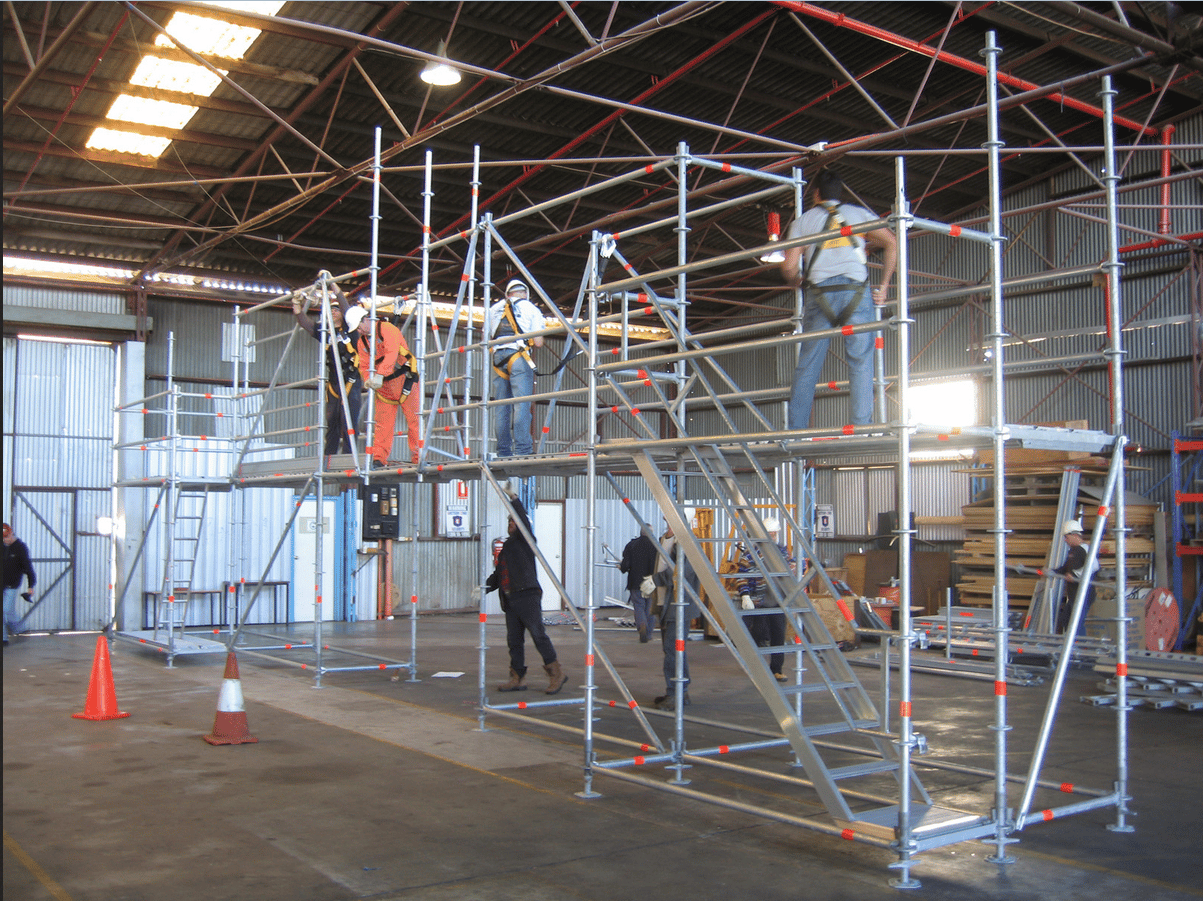Do you know whether your scaffolding can hold its own weight plus four-times the maximum recommended load? Does your staff perform regular checks on stairs, supporting transoms, footings, braces, brackets, trusses, screw legs, ladders, etc.? Do your employees inspect rigging on suspension scaffolds before each shift?
If your answer is no to any of the above, or to any other OSHA scaffolding requirement for that matter, you are neglecting one of the biggest causes of the most common and fatal variety of construction site accidents: falls from heights.
The problem is getting worse. OSHA reported that scaffolding citations increased from 3,814 in 2012 to 5,423 in 2013.
This may be in part because the subject of construction site safety is often treated as distinct from concerns over maintenance. Getting work done tends to be the principle reason for ensuring that tools and equipment are in working order. Safety is an afterthought if it’s considered at all.
But the persistence of scaffolding-related accidents presents a strong case for linking safety and maintenance more closely together. Taking a purely functional approach to scaffolding care and maintenance is likely a big part of the reason that falls are so common.
If workers are only concerned with scaffolding fulfilling its most basic function—standing upright and supporting the weight of workers at height—they may neglect signs of deterioration, wear, or improper construction that may result in a serious accident.
This isn’t meant as an indictment of all construction workers. They have a job to do and are focused on doing it. Rather, it is management that must take the initiative and implement thorough, robust checks of all safety equipment, including scaffolding, and hold those responsible for performing those checks strictly accountable.
Work order software like ManagerPlus makes implementing these checks easy. Scaffolding can be entered as an asset or assets, depending on whether you’d rather enter individual components, or groups of components, and tracked and maintained just like other assets.
Smaller parts like brackets and screw legs can be added to your inventory module to ensure that they are always on hand and available when needed. Small parts can be the easiest to neglect when workers are on the job and working under a tight deadline. Even if a worker notices some wear on a bracket, they may choose to ignore it if there are no replacement parts ready at hand.
Most importantly, the safety checks listed on OSHA’s site can be easily integrated into your overall preventive maintenance program. Labor tracking and automated alerts help enforce accountability so that these important tasks don’t slip through the cracks.
It’s been a rough year for OSHA citations overall, and a key way to start bringing these numbers back down is to re-commit to a solid, reliable safety and preventive maintenance routine.

